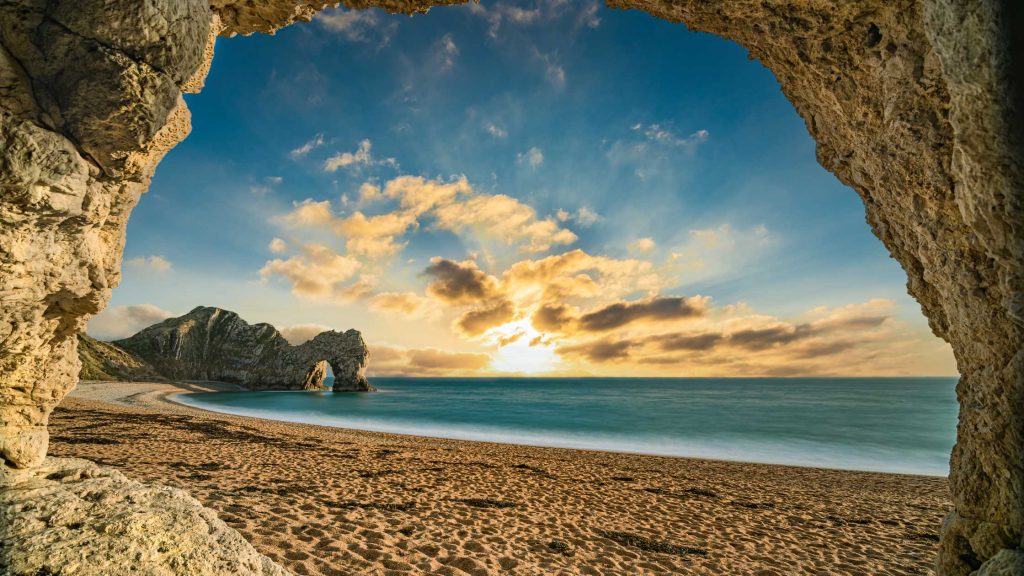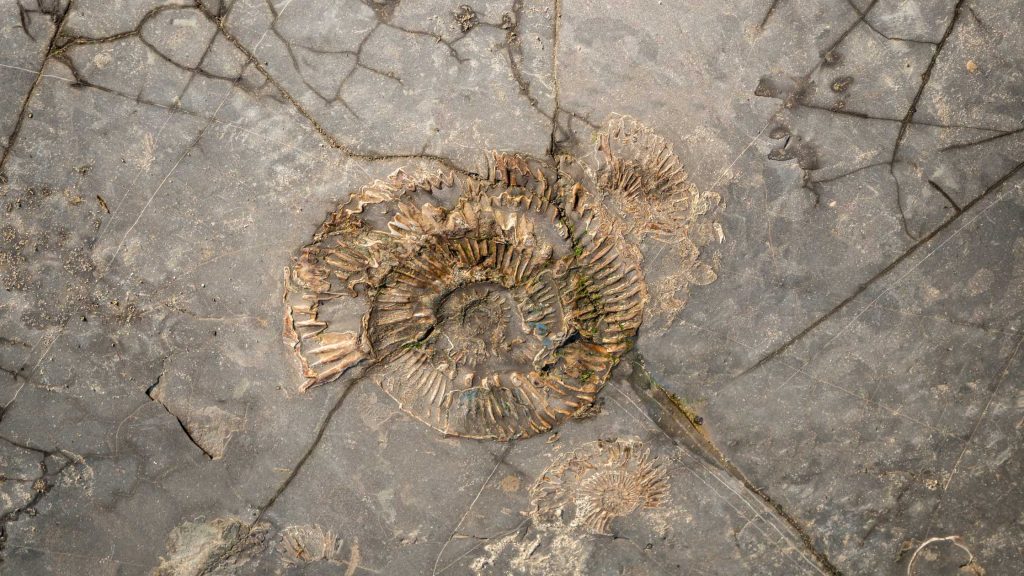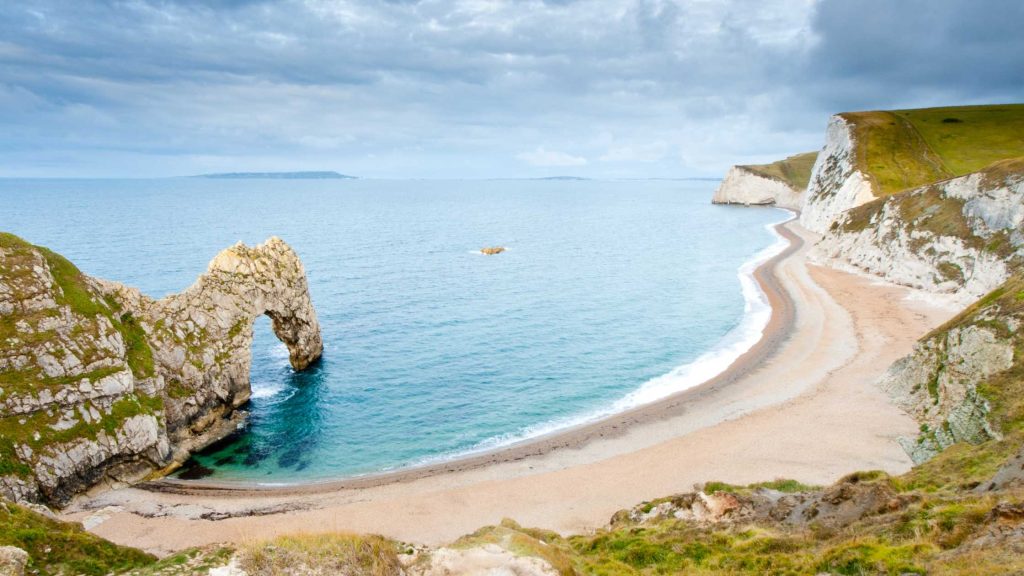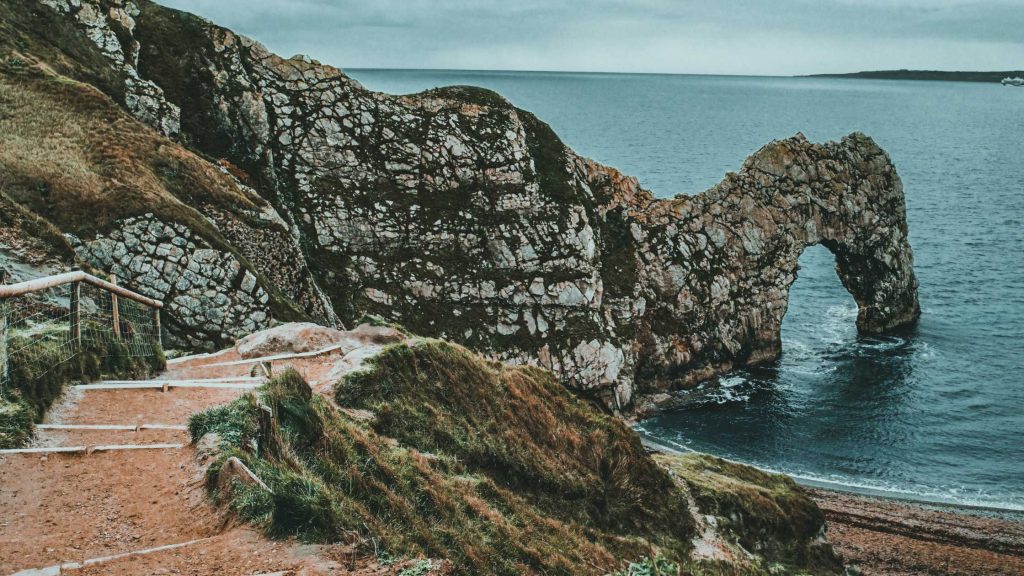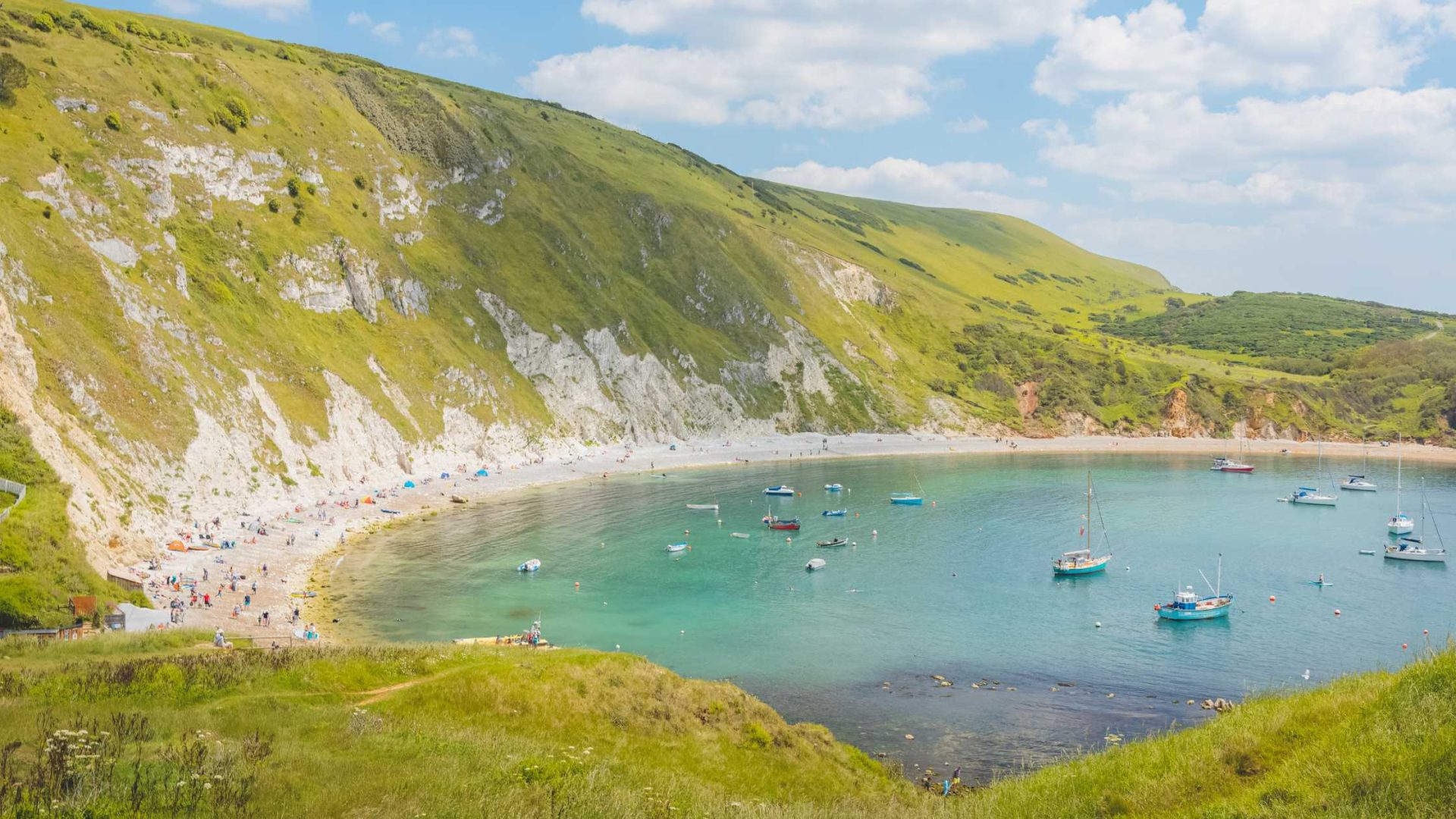-
See the Arch Up Close
The main reason people visit — and for good reason — is to take in the view of the arch from different angles. Whether you’re standing above it on the cliff or sitting on the beach with a coffee, it’s a sight that draws you in. The sound of the waves, the open sky, the curve of the rock — it all just works.
Sunrise and sunset are particularly beautiful. If you’re an early riser, watching the light break over the cliffs is a great way to start the day.
-
Spend Time on the Beach
The beach at Durdle Door is pebbly, sloping, and gets deep quite quickly — so it’s worth keeping an eye on little ones. But it’s clean, peaceful, and less commercial than many other seaside spots. There’s no pier or arcade here. Just you, the sea, and a view that’s hard to beat.
It’s also a dog-friendly beach year-round, which makes it a great stop if you’re bringing a four-legged companion.
-
Swim or Paddleboard
If you’re feeling brave, the water is clear and great for swimming. On calm days, you’ll see people paddleboarding or floating beneath the arch. It’s not supervised, so be cautious — currents can be strong and the seabed drops off quickly.
Still, there’s something special about getting into the water here. It feels like you’ve earned the moment after the walk down.
-
Walk the Coast Path
This is one of the most scenic stretches of the South West Coast Path. The walk from Lulworth Cove to Durdle Door is only about a mile but does include some steep hills. If you’re up for more, you can carry on to Bat’s Head, White Nothe, and beyond. The views just keep coming.
Even if you’re not a seasoned walker, the route is manageable and rewarding. You’ll be stopping often — not from tiredness, but because the views are worth lingering over.
-
Look for Wildlife or Just Slow Down
There’s plenty of wildlife around if you keep your eyes open. You might see kestrels, peregrine falcons, or even dolphins offshore. In summer, the hills behind the beach come alive with butterflies, bees and wildflowers.
But even if wildlife spotting isn’t your thing, this is a place to slow down. Sit on a bench. Watch the tide come in. Let the noise of the sea take over for a bit.



